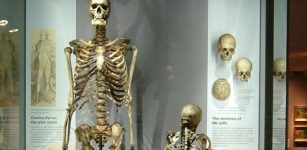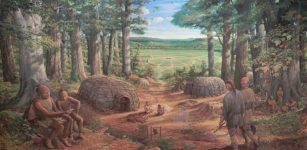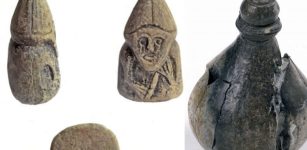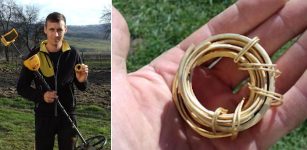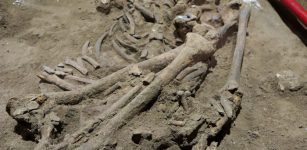Chagyrskaya Female Neandertal That Lived 60,000-80,000 Years Ago – Studied
Conny Waters - AncientPages.com - Neandertals and Denisovans are the closest evolutionary relatives of present-day humans. Analyses of their genomes showed that they contributed genetically to present-day people outside sub-Saharan Africa
Until now, only the genomes of two Neandertals have been sequenced to high quality: one from Vindjia Cave in modern-day Croatia and one from Denisova Cave in Siberia’s Altai Mountains.
The researchers extracted the DNA from bone powder and sequenced it to high quality. They estimate that the female Neandertal lived 60,000-80,000 years ago. From the variation in the genome, they estimate that she and other Siberian Neandertals lived in small groups of less than 60 individuals.
 Chagyrskaya cave in the Altai Mountains. Image credit: Sergey Zelensky
Chagyrskaya cave in the Altai Mountains. Image credit: Sergey Zelensky
See also:
Neanderthals Had Older Mothers And Younger Fathers Compared To Modern Humans
Siberian Neanderthals Were Intrepid Nomads – They Started Their Journey In Eastern Europe
10 Surprising Facts About The Neanderthals Who Were Not As Primitive As Previously Thought
Did Neanderthals Practice Religion?
Why Did Neanderthals Visit A Special Cave In Jersey For Over 100,000 Years?
Mysterious Archaic Cavemen – Denisovans – Were Relatives To Neanderthals And Humans
See also: More Archaeology News
The researchers also show that the Chagyrskaya Neandertal was more closely related to the Croatian than to the other Siberian Neandertal which lived some 40,000 years before the Chagyrskaya Neandertal. This shows that Neandertal populations from the West at some point replaced other Neandertal populations in Siberia.
"We also found that genes expressed in the striatum of the brain during adolescence showed more changes that altered the resulting amino acid when compared to other areas of the brain," says Fabrizio Mafessoni, lead author of the study.
The results suggest that the striatum—a part of the brain which coordinates various aspects of cognition, including planning, decision-making, motivation, and reward perception—may have played a unique role in Neandertals.
Written by Conny Waters - AncientPages.com Staff Writer







